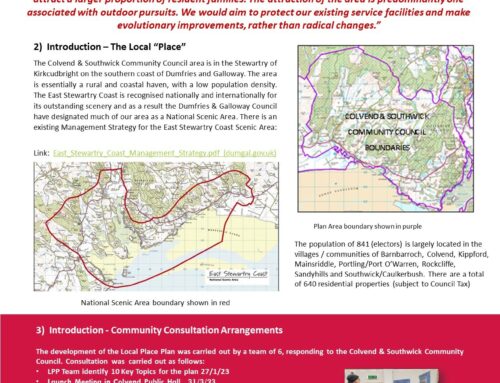The Kipp Nature Reserve Update
The 4,600 trees we planted in March 2019 will soon be 3 years old. There have been very few losses and, thanks to our efforts at weeding and re-staking, the trees are now well established and, generally, able to look after themselves.
In Spring 2021 we saw the first signs of blossom on the rowan and wild cherry. The alder is producing catkins and should have cones next winter.
Perhaps also in 2022 we will see blossom on the bird cherry and crab apples, but it will be another 2 or 3 years before the hawthorn, blackthorn and willow join in the annual display.
Trees like cherry, rowan and birch are relatively short lived – maybe 70 years, and perhaps because of this, they seem to grow with a sense of urgency – time is of the essence. The oak, on the other hand is a slow starter. It’s in it for the long haul, 200, maybe 300 years. In the early years it focuses on developing a strong root system that will then sustain the slow, steady growth up into the woodland canopy where it will eventually tower majestically over all others.
We think the native woodlands should be looking pretty good next spring, and will be better still the following year, and the following year ……….
Arboretum
Down in the arboretum, the cultivars of birch are not as tough as our native trees, so take a little longer to establish. One cultivar, Greyswood Ghost, has struggled to develop, so we will not replace any that we lose.
Other cultivars are doing much better. Snow Leopard, Mount Luoji, Hokkaido Orange and the multi-stem Jacquemontii, for example, are starting to show good colour in their stems – a taste of things to come.
We apologise to those who sponsored benches and trees and have had to wait a very long time for us to get the plaques made and mounted on their displays. I am pleased to say that we now up to date. Please contact a committee member if you would like a similar dedication plaque.
Meadows
The meadows have been another area of attention over the past two years. At this stage, we are simply trying to reduce the concentrations of nutrients in the soil by cutting and lifting silage twice a year. Already, we are seeing signs that the coarser, more dominant grasses are declining and, eventually, we will have a better mix of finer grasses and an increase on herbaceous perennials. We hope, in a few years, to introduce wild flower seed onto the meadow.
Kipp Hill Wood
This 7 acre wood above Kipp House is documented on the Register of Ancient Woodlands, so has very high ecological value. It is poor condition, though, having been neglected since it was last planted up about 40 years ago.
We need to raise £7k to £10k to fund the cost of thinning out the sycamore and replanting some of the oak. Any suggestions for sources of funding would be much appreciated.
In the meantime, the Kipp volunteers have done a great job clearing out some of the rhododendrons. This will allow more light to reach the woodland floor and should help the recovery of the bluebell bank.
Litter Pick
We are not confining our efforts to the nature reserve. Last week we carried out a litter-pick throughout the village.








